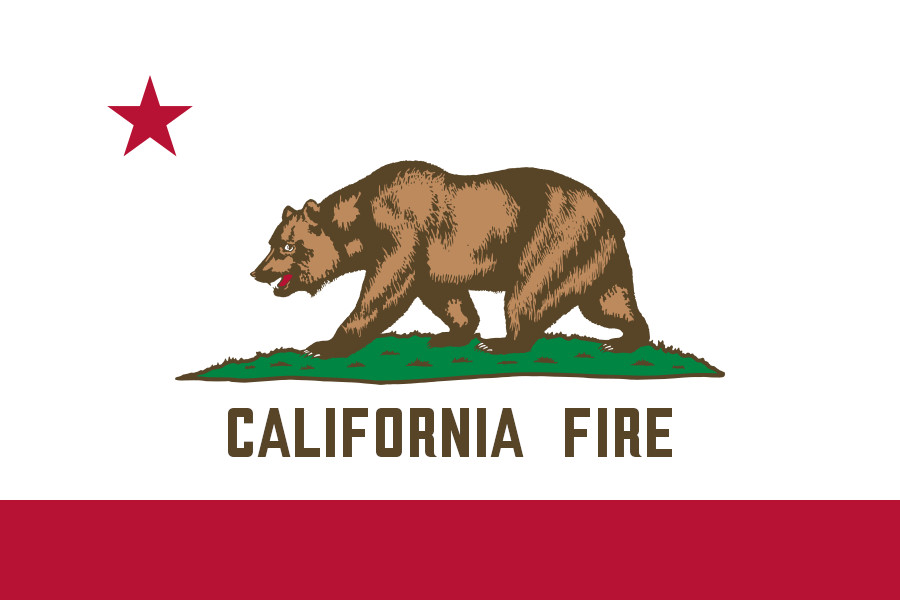We have our TSP setup and money is flowing into our account at some where between 10% (5% from us and 5% of free money from the government) and $18,000 a year. We’re all set, we can just sit back, work hard at our job, and then retire when the money grows big enough, right? Obviously, that line needs to be read with some sarcasm. While the government has tried to convince new employees to start saving for their future by automatically enrolling them in the TSP with 3% contributions as we saw in Part 1 – The Basics, they don’t want to be responsible for any potential loss from stock market volatility. Employees hired before September 5, 2015 had all their contributions (and any agency contributions) invested in the G Fund (we’ll talk more about this later). After this date they took a slightly more aggressive approach and invested the contributions in the L Income Fund (again more on this later).
The Funds
The TSP has some of the best funds for retirement from a fees standpoint. But which funds to invest in will be determined by your own risk tolerance and timeline to FI. Here is the quick breakdown on what each of the funds are:
- G Fund – Government Securities Investment Fund
- Invested in short-term U.S. Treasury securities specifically issued to the TSP
- Guaranteed by the U.S. government
- F Fund – Fixed Income Investment Fund
- Investment objective is the Bloomberg Barclays U.S. Aggregate Bond Index
- C Fund – Common Stock Index Fund
- Investment objective is to match the S&P 500 Stock Index
- S Fund – Small Capitalization Stock Investment Fund
- Investment objective is to match the performance of the Dow Jones U.S. Completion Total Stock Market (TSM) Index
- Fund includes U.S. companies not included in the S&P 500 Stock Index
- I Fund – International Stock Index Investment Fund
- Investment Objective is to match the performance of the MSCI EAFE (Europe, Australasia, Far East) Index
- Fund only includes developed international markets (not emerging markets)
- L Funds
- Target date funds with varying mixes of G, F, C, S, and I funds
- Current funds are L Income, L 2020, L 2030, L 2040, and L 2050
Since I started my own FIRE journey I have been reading and listening to as many blogs and podcast as possible on the subject. The two big ones for this series here that I want to mention are JL Collins who gave me the inspiration for this series based on Stock Series and Brad and Jonathon at ChooseFI who entertained and educated me on my 40 hours of driving from Washington, D.C. back to California. These three gentlemen have convinced me of the power of index investing and spurred me to start my own Vanguard account for my Roth IRA (and one for my wife) and a taxable brokerage account. Since I am a convert to index investing I’m going to focus on two strategies in this article, the incredibly lazy method, and the slightly less lazy method.
Because we are talking about index investing and we are going for time in the market not timing the market the TSP is pretty hands off once everything is setup. When I first started with the TSP everything was dumped into the G Fund (Thanks Obama! :)). After a few months I figured out this was stupid as the G Fund is only barely beating inflation.
L Funds – The Lazy Way
I went with the incredibly lazy method at this point and move all my money and future contributions to the L 2050 fund thinking that I wasn’t going to retire until 2044 and with that long time line I felt comfortable taking a larger risk. If you truly want a hands off approach the L funds are the way to go. They have the same expenses as the funds they are comprised of and no additional fees and they do the rebalancing for you.

That being said I don’t the L funds have the greatest distributions for those in the FIRE community. The most aggressive fund (L 2050) has the following composition for 2017:
The biggest slice is for the C Fund which makes sense, but it is only 43%, the S Fund (the rest of the U.S. stock market) is only 15%. That means my portfolio only had 58% invested in the U.S. economy. Another 25% was in the I Fund which only consists of markets in developed countries. Many of the U.S. companies in the C and S Funds are international so I already have exposure to these developed countries. Finally there is 17% in bonds and U.S. securities which I find way to high for my preferred level of risk. I would much rather be 100% in stocks at this point in my life like Go Curry Cracker!
Creating Your Own US Total Stock Market Portfolio
Now remember a few paragraphs ago I saw there was a slightly less lazy method? This is the method that I switched to this month. I started my changing my contribution allocations to 80% C Fund and 20% S Fund. This should give me a close-ish approximation to a total stock market index something like VTI or VTSAX.
When explaining this concept to my friend he asked if I had transferred all my L 2050 assets to C and S Funds. I told him I hadn’t and he responded that I must not be totally convinced of this plan. I thought about it for a bit, and then decided to take action and shifted it all over. So as of this writing I am 80% C Fund and 20% S Fund. In the future this will require some rebalancing as the C and S funds won’t grow at exactly the same rates. For now my plan is check my percentages once a quarter and rebalance when they shift by more than 10% or once a year (whichever is sooner).
My Plan
A quick summary of the plan I am now following now:
- Contribute $18,000 of my pretax dollars each year
- Agency contributes approximately $5,000 each year
- 80% C Fund, 20% S Fund
- Review asset allocation each quarter (3 months)
- Rebalance once a year or when asset allocations shift by more than 10%
The other side of the TSP is how much it costs to invest. The TSP has some of the best expense ratios for 401(k) plans. My wife’s 401(k) has some outrageously high expense ratios (1%-4%) we’re putting all of her contributions in fund that tracks the S&P 500 with an expense ratio of 0.7% (the lowest cost fund in her plan). If they lower the expense ratios on the small cap funds we’ll do a similar split to what I have in my TSP. For comparison and why I think these ratios are so high see below for the TSP fees.

As you can see the TSP is 18.5 times cheaper than the cheapest fund in my wife’s plan. Needless to say if I take another job outside the government before I reach FI I will most likely be keeping my TSP contributions in my TSP and not rolling them over.



